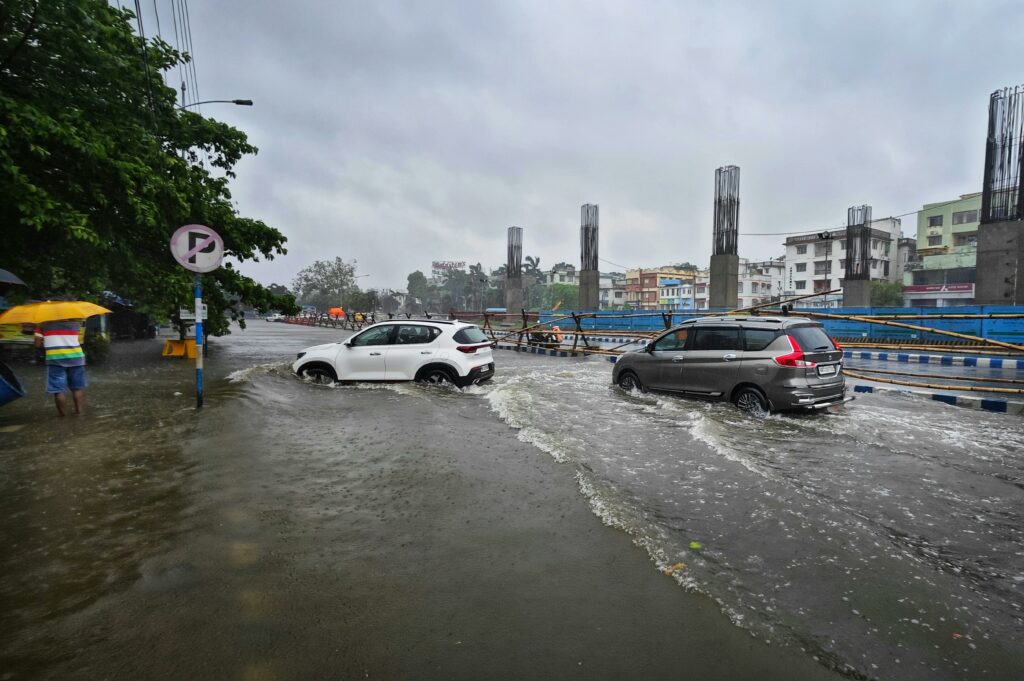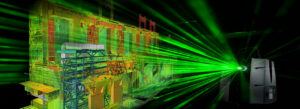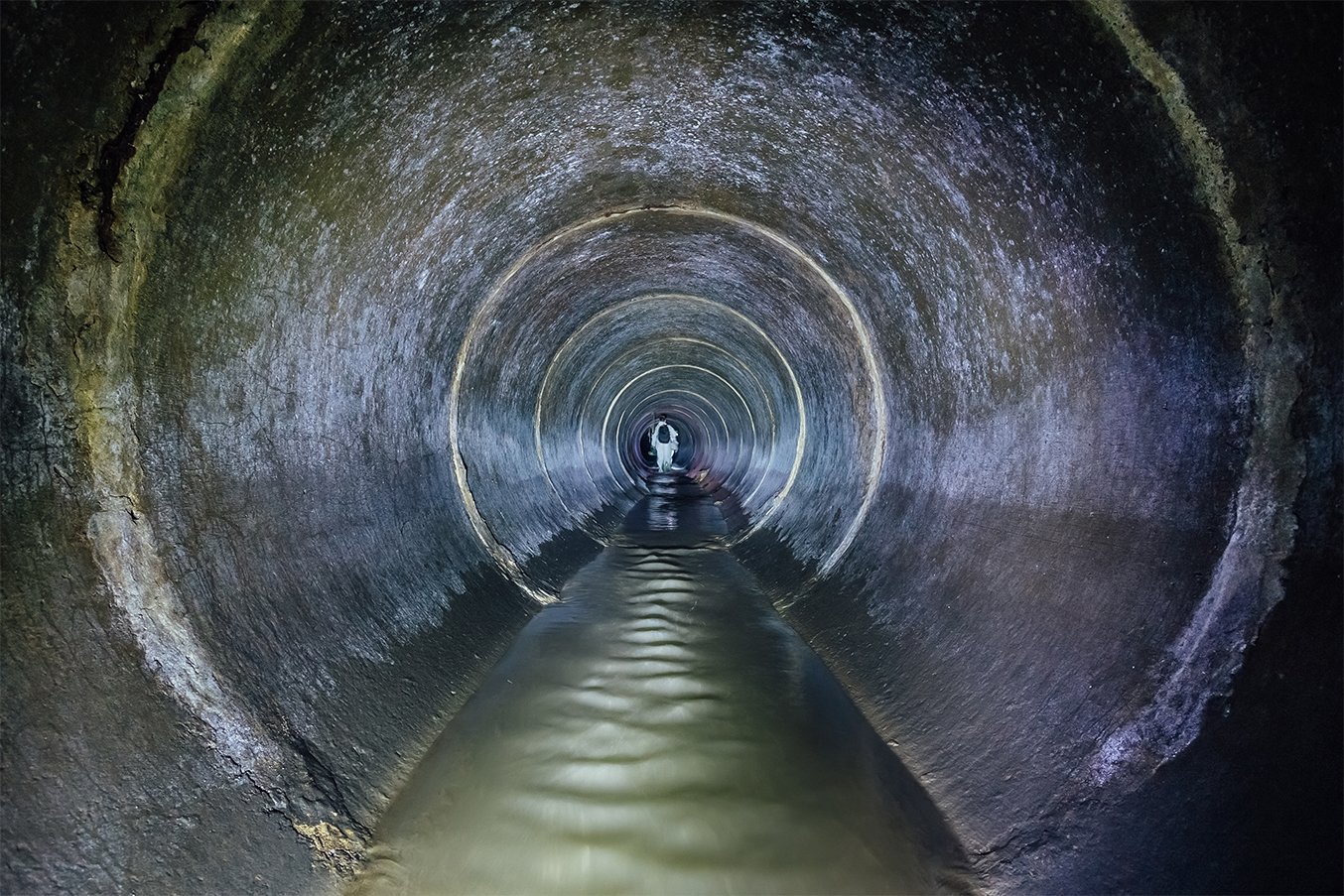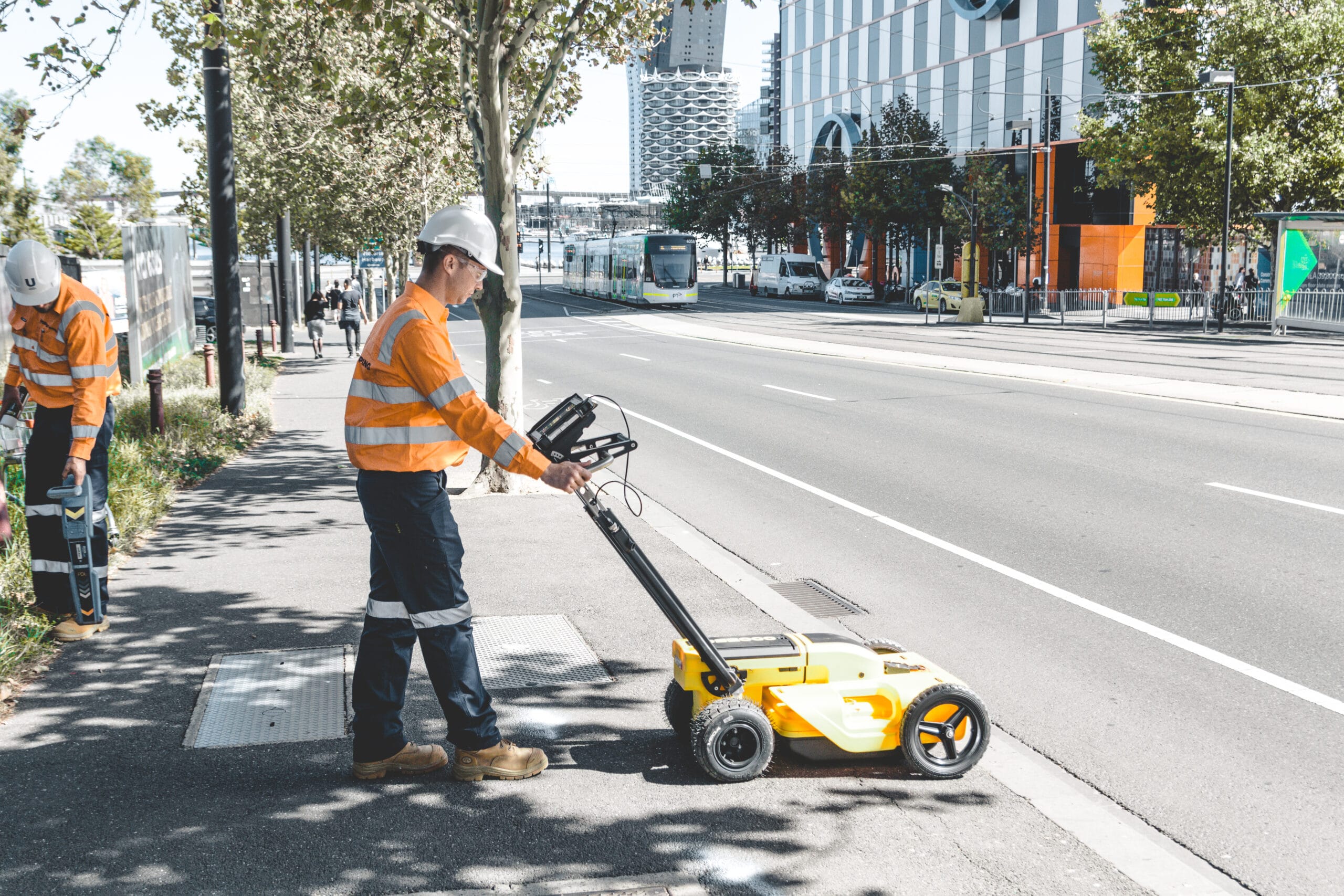JMAX-WL Water Level Monitoring
The extreme rainy season weather is increasing in Hong Kong, leading to serious blockages and water accumulation in culverts and gullies. To reduce the problems of culvert and gully blockages and water accumulation caused by heavy rain, In recent years, the Drainage Services Department (DSD) has been continuously enhancing the application of technology in flood prevention works to improve the effectiveness of flood. In early 2024, the Drainage Services Department selected over 30 suitable stormwater drains in the Wong Tai Sin and Chai Wan districts, where severe flooding had previously occurred, and installed smart flooding sensor equipment to monitor the water level conditions in the stormwater drains in real-time 24 hours a day.
The application of the “JMAX-WL Water Level Monitoring Sensor” is to monitor the water level of rainwater catch basins, after the completion of the trial plan, the Drainage Services Department will review its effectiveness and expand it to other suitable locations as needed.
The JMAX-WL Water Level Monitoring Sensor monitors the depth of urban water levels. It is small, easy to install and maintain, has corrosion resistance and acid-alkali resistance, low power consumption and long battery life, high degree of intelligence, fast response, and high precision. It integrates advanced technologies such as micro-sensors, NBIoT, and mobile internet.
Features and Operating Principles
JMAX-WL Water Level Monitoring Sensor is a water level sensing device.
The “JMAX-WL Water Level Monitoring Sensor” utilizes NBIoT technology to sense the water level data within a rainwater catch pit. When the water level within the rainwater catch pit reaches the alarm level, it will trigger the signal through SMS, etc. Then, the signal will be transmitted wirelessly to the monitoring center via (NB-IoT). The system will immediately send an alert to the Drainage Services Department personnel through the web online platform.
Upon receiving a notification from the “JMAX-WL Water Level Monitoring Sensor”, Drainage Services Department personnel will be dispatched to the location of the relevant stormwater drainage gully for inspection. If necessary, mitigation measures will be taken to further reduce the risk of flooding.
The Drainage Services Department can systematically analyze the collected data through the online platform, assisting in planning more effective preventive maintenance work for the rainwater drainage system.
Effectiveness
Improving Efficiency: Drainage Services Department IoT technology and new water level sensors to enhance the work efficiency. The “JMAX-WL Water Level Monitoring Sensor” does not require any road digging for installation, making it convenient for the Drainage Services Department to deploy more water level collection points to strengthen flood risk monitoring;
Timely Arrangement of Sewer Cleaning Work: If the underground drainage system is blocked, causing the water level to rise and reach the predetermined alert level, the system will immediately issue an alert. The DSD will then dispatch personnel to the location of the relevant storm water gully for inspection and arrange cleaning, in order to reduce the risk of overflow.
Timely Arrangement of Emergency Work: When the local drainage system is affected by heavy rain, causing the water level to rise and reach the alarm level, the system will issue an immediate alert. This helps the DSD and relevant departments effectively utilize resources, dispatch emergency response teams early for flood prevention preparations and emergency works, and assist residents in resolving the threat of flooding.
JMAX NDDS NB-IoT Distance Detection Sensor
The JMAX NDDS NB-IoT Distance Detection Sensor is used to measure the distance between the sensor and measured object. The distance detection sensor is a module that uses ultrasonic sensing technology for distance measurement, and temperature compensation is performed internally to improve the reliability of data.
It can be applied to situations such as horizontal distance measurement, water level measurement, parking management system, object proximity and presence detection, intelligent trash can management system, robot obstacle avoidance, automatic control, sewer, bottom water level monitoring, etc.
It detects the distance between the measured object and the sensor, and uploads the data via wireless to IoT Server via NB-IoT Network.
It is a standards-based low power wide area (LPWA) technology developed to enable a wide range of new IoT devices and services. NB-IoT significantly improves the power consumption of user devices, system capacity and spectrum efficiency, especially in deep coverage.
Features
- NB-IoT Distance Sensor Node
- Low power consumption
- Distance Detection by Ultrasonic technology
- Temperature Compensation for measurements
- AT Commands to change parameters
- Uplink on periodically
Applications
- Horizontal Distance Measurement
- Water Level Measurement
- Object Proximity and Presence Detection
- Robot Obstacle Avoidance
- Automatic Control
- Bottom Water Level Monitoring



